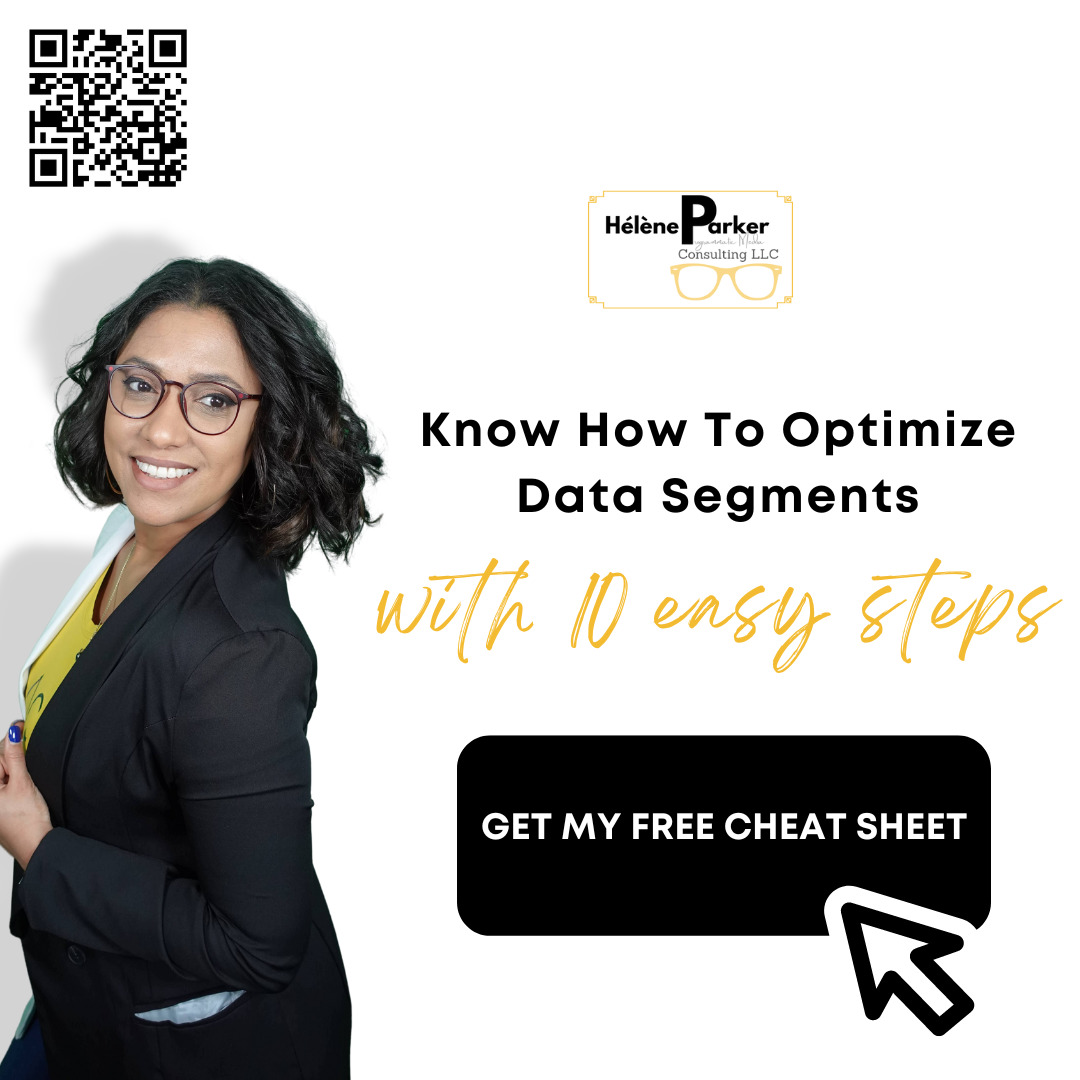Pre-Bid Filters and PMP Deals: Key Insights from Our Programmatic Training
Over the last six months, we’ve had the privilege of conducting multiple programmatic media buying workshops each month, working hands-on with teams across seven different companies, including two individuals in private coaching . Our goal has been to help Agencies and Programmatic In-house teams grow and level up their productivity and efficiency. We’ve also got the pleasure of working with several teams on the AdTech and Sell-side, to understand how to better perform and support their advertiser clients.
In this blog, I’ll share the top three most frequently asked questions from these sessions, covering topics like pre-bid filters, PMP deals, and the differences between key brand safety partners. Whether you’re new to programmatic or looking to fine-tune your strategies, these quick insights will give you practical tips for campaign success, or at least get you started.
- What is the purpose of pre-bid filters and how can they affect campaign reach?
-
- Pre-bid filters are used to screen impressions before bidding occurs, ensuring ads are served on relevant inventory. However, overly restrictive pre-bid filters can limit campaign reach by excluding too much inventory.
- This workshop also included a live walkthrough on how to troubleshoot starting with best practices with the set up before the campaign launch.
- Quick note here that the answer to combatting MFAs does not solely depend on which brand safety partner and how much of it!!!!!! (#IsaidwhatIsaid)
- What are some best practices for setting up PMP deals to avoid underpacing?
-
- Best practices for PMP deals include: clear communication with both buyers and suppliers about creative size and aspect ratio requirements, aligning targeting criteria with available inventory, and ensuring pacing controls are set appropriately.
- Ideally, traders would reduce brand safety controls to allow supply partners to make the appropriate targeting criteria and more on their end.
- We walked through what that looks like in several DSPs including, The Trade Desk, DV360, Basis, and Amazon DSP.
- Describe two potential causes of creative size mismatches in PMP deals.
-
- Creative size mismatches can occur if the buyer submits creatives with incorrect dimensions or if the publisher has specific size requirements that are not met.
- This is easily addressed with an internal onboarding process shared between teams.
- More on this in our next blog.
- (Bonus) Explain how misaligned pre-bid filters can lead to reduced campaign delivery.
-
- Misaligned pre-bid filters, such as overly restrictive viewability thresholds or brand safety criteria, can reduce campaign delivery by excluding a significant portion of eligible inventory.
- See #2.B insights as it is relevant here as well.
- Quick note that this occurs when the brand safety methodologies are different from the Suppliers and DSP. We will elaborate in a separate blog in the upcoming weeks (or you can DM me)
The following three were in the lead for one particular adtech company offering support to agencies/brands and will be cover in the next blog:
- What information should a Supply or Data partner provide to buyers to help them set realistic pre-bid filters?
- How do you reconcile differences between Quality Alliance/Active View vs third party ad verification services in TTD?
- What are the key differences between DoubleVerify (DV) and Integral Ad Science (IAS) in terms of their brand safety methodologies?
Our workshops have proven incredibly beneficial because they offer practical, hands-on learning tailored to the real challenges AdTech and Sell-side teams face daily. The interactive format allowed teams to not only gain valuable insights but also practice these concepts in live DSP environments, ensuring they feel confident in applying their newfound knowledge. This hands-on, collaborative approach is what sets our workshops apart, making them a game-changer for those looking to optimize their programmatic efforts and better serve their advertiser clients.
A very special Thank you to Iesha White who’s been paramount in the success of creating and executing these workshops. She’s part of our village of expert consultants and will be joining me very soon on a live training where we are dissecting some of the questions/answers above, and walking you through how to implement and standardize these insights in a playbook for your team.
Join October’s Free Webinar:
Monday October 28th at 3PM ET/ 12PM PST/ 8PM BST:
Link to register: https://bit.ly/proglivetrainingregform
Of course you can sign up even if you wont join live as we will be sending the recordings the next day (but please note that we will have some special giveaways/bonus for the ones joining live)
Stay Curious,
Hélène
Cheers to leveling up!
Hélène
Your Programmatic Coach
_____________________________________________________________________________________________________
About us:
Our mission is to teach historically excluded people how to get started in programmatic media and find a career. We do so by providing on-demand education, a dope community, and support with job placement.
That is why we founded The Reach and Frequency™ program where we focus on training programmatic traders and planners with the tools they need to succeed. This program also includes hands-on experience in DSPs and weekly group coaching.
We are always looking for a referral or simply happy to chat the latest and greatest so don’t hesitate to book a call.
_____________________________________________________________________________________________________





